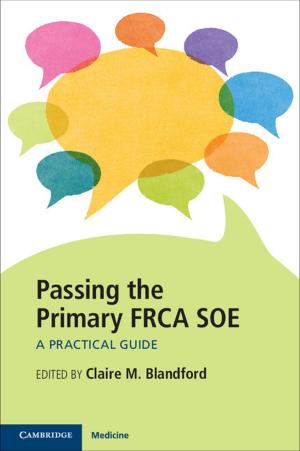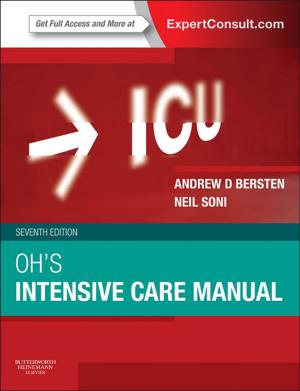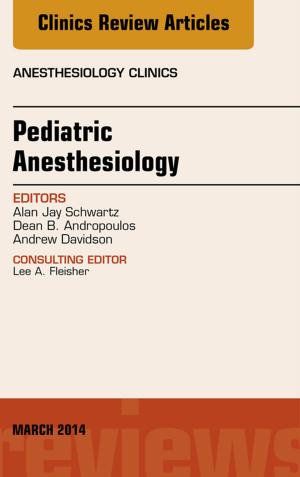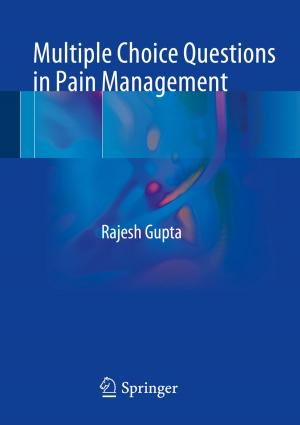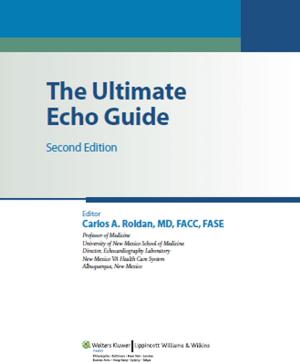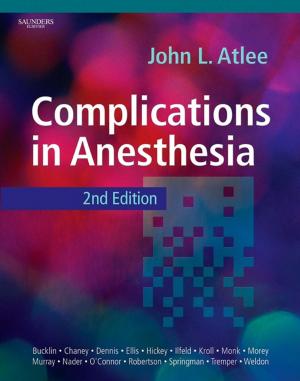Percutaneous Emergency Oxygenation Strategies in the “Can’t Intubate, Can’t Oxygenate” Scenario
Nonfiction, Health & Well Being, Medical, Specialties, Anesthesiology| Author: | Dr. Andrew Heard | ISBN: | 9780992396701 |
| Publisher: | Dr. Andrew Heard | Publication: | November 13, 2013 |
| Imprint: | Smashwords Edition | Language: | English |
| Author: | Dr. Andrew Heard |
| ISBN: | 9780992396701 |
| Publisher: | Dr. Andrew Heard |
| Publication: | November 13, 2013 |
| Imprint: | Smashwords Edition |
| Language: | English |
This book is an in depth descriptive guide to managing the can't intubate can't oxygenate scenario. It is formulated from ten years of teaching and planning for this scenario at a major tertiary hospital in Western Australia. This event is something that airway specialists are poorly prepared for and the anaesthetic community is sorely in need of a definitive guide to the management of this time critical and stressful scenario. This book describes in detail an algorithm designed for anaesthetists to use if this event occurs. It also describes in detail the management steps required, the equipment needed and the reasons why these choices have been suggested. The techniques and algorithm are now commonly taught around many major hospitals in Australia. All funds received from the resale of this book will be used to help support the running of a CICO providers course.
This book is an in depth descriptive guide to managing the can't intubate can't oxygenate scenario. It is formulated from ten years of teaching and planning for this scenario at a major tertiary hospital in Western Australia. This event is something that airway specialists are poorly prepared for and the anaesthetic community is sorely in need of a definitive guide to the management of this time critical and stressful scenario. This book describes in detail an algorithm designed for anaesthetists to use if this event occurs. It also describes in detail the management steps required, the equipment needed and the reasons why these choices have been suggested. The techniques and algorithm are now commonly taught around many major hospitals in Australia. All funds received from the resale of this book will be used to help support the running of a CICO providers course.

